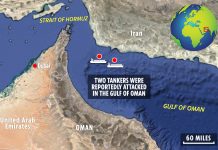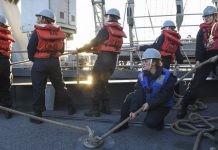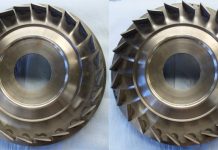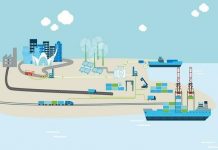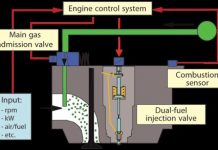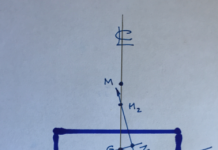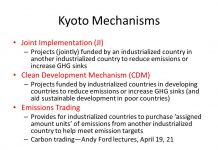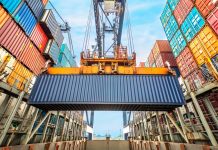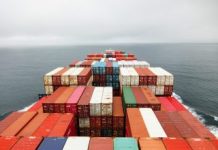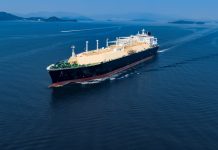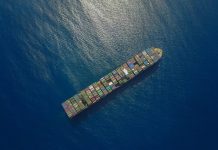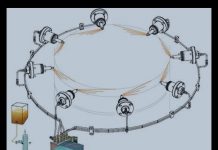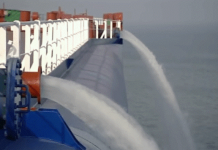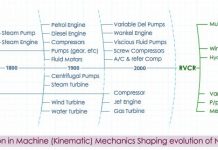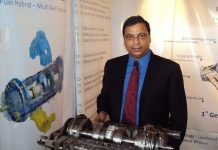How a Turbocharger Works?
A turbocharger is a forced induction device that recovers engine waste heat in order to increase performance and efficiency in a combustion engine.
This is...
FUEL CELL TECHNOLOGY: THE MOST PRACTICAL, VIABLE ZERO-EMISSIONS SOLUTION
Batteries are a zero-emission power solution for smaller vessels that operate with short duty cycles, for example, small passenger ferries and lake service boats....
DUAL-FUEL ENGINES (DF)
In this process, a very small percentage of between 1 and 10% liquid heavy fuel or diesel oil is injected.
During the intake stroke, gas...
DIRECTIONAL STABILITY OF THE VESSEL
A ship has available to it motion in three axes. Motion on the “X” axis is roll, motion on the “Y” axis is pitch,...
WHAT IS THE KYOTO PROTOCOL?
The Kyoto Protocol is an international agreement linked to the United Nations Framework Convention on Climate Change, which commits its Parties by setting internationally...
CYLINDER LUBRICATION SYSTEM
Introduction
Cylinder lubrication is an accessory applied to facilitate the operation of a two- stroke crosshead diesel engine. Failure in operation may cause considerable damage...
DIFFERENT TECHNOLOGIES FOR BALLAST WATER TREATMENT
The most common and economic means of transporting goods are indeed the mighty ships sailing all across the vast seas spread across the world.
Ships...
RVCR – The New Revolutionary Machine Mechanism
(1st among core inventions from India)
The Prelude.
This article highlights the latest development in Machine Mechanism which is based on an invention by an...
RVCR- The New Revolutionary Machine Mechanism (Part – II)
The previous article on RVCR Mechanism covered the various types of machine Mechanism, their typical usage in engineering applications as per suitability and their...
RVCR-The New Revolutionary Machine Mechanism
(1st among core inventions from India)
The Prelude.
This article highlights the latest development in Machine Mechanism which is based on an invention by an...





